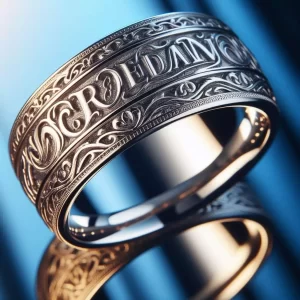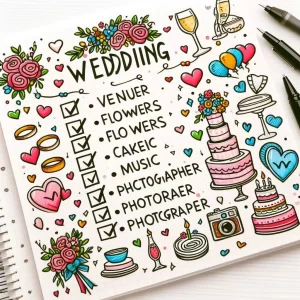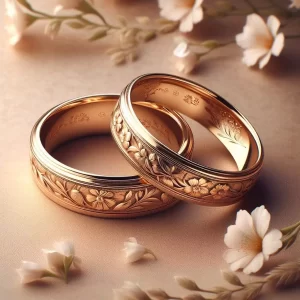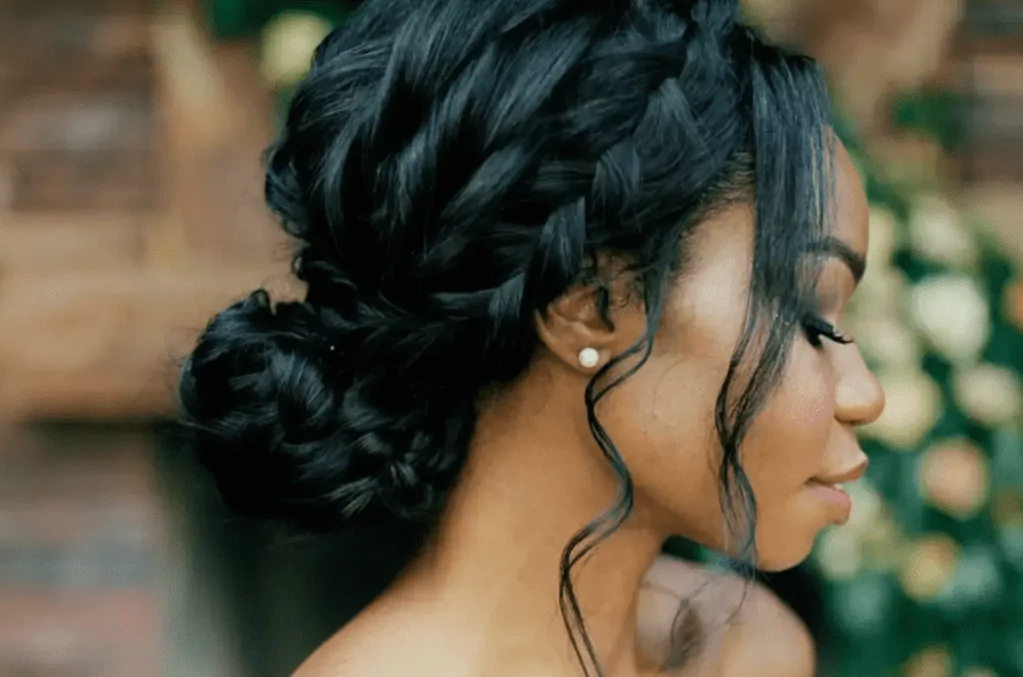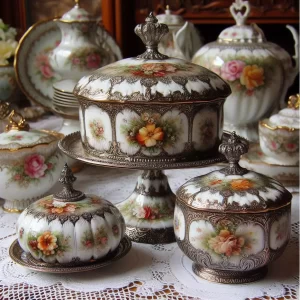Muslim Marriage Rituals – Muslim Marriage Ceremony

Muslim Marriage ceremony or Nikah is celebrated on a grand scale for a time period of five-times. Muslim wedding can be executed at any handy time, as there is no concept of auspicious time. The Nikah ceremony can get area either at the bride or bridegroom’s home or at a location that is easy for equally events.
Pre-Marriage Rituals:
Listed here is a small description of the pre-wedding rituals adopted in a regular Muslim Nikah.
o Legan Chir: Right after finalizing the wedding day dollars present is sent to the bride’s father by the groom’s father.
o Manjha Ceremony: On the 3rd day, manjha ceremony normally takes location. The prospective bride is seated on a tiny square table and anointed with haldi (turmeric) presented by the boy’s family.
o Mehndi Ceremony: The Mehndi ceremony is held at the house of the bride on the eve of the wedding ceremony ceremony or a couple of days in advance of it. Following the custom, the female family of the bride anoint her with turmeric paste to bring out the glow in her complexion.
Wedding ceremony Rituals:
Muslims notice a unique set of rituals at the time of their wedding day. Be sure to read on to locate out how Muslim Nikah is performed.
o Welcoming the Baraat: The groom comes at the wedding venue with a marriage ceremony procession or baraat consisting of relatives and friends.
o Nikaah: It is on day 4 the genuine Muslim Nikaah or wedding ceremony ceremony normally takes spot. Nikah can be conducted at the dwelling of the bride or the groom, or at any other easy venue. In orthodox Muslim communities, the men and gals are seated separately in Zenana (for girl) and Mardaana (for men). The Maulvi reads selected verses from the Quran and the Nikaah is complete following the Ijab-e-Qubul (proposal and acceptance).
Soon after the Nikaah-Nama is signed, the Qazi delivers a sermon referred to as Khutba, consisting of verses from the Quran which were recited by the prophet and which lay specific emphasis on obligations towards women of all ages. The Qazi describes the that means of these verses to the audience with an clarification of the mutual legal rights and obligations of the spouses.
o Blessing the Groom: Soon after the wedding day ceremonies are around the groom receives blessings from the older females and presents them his salaam.
o Meal, Prayers and Aarsimashaf: Dinner is a lavish distribute. Generally, the females and the gentlemen dine individually. After dinner, the recently-weds sits collectively for the to start with time. Their heads are protected by a dupatta though they go through prayers below the route of the maulvi (priest). The Quran is positioned in between the couple and they are authorized to see every only by means of mirrors.
Publish-Wedding day Rituals:
Publish-Marriage rituals adopted in Muslim Nikah are related to what we see in other Indian weddings. Nonetheless, here the customs are followed below various names and some cultural variations can be noticed.
o Ruksat: The bride’s relatives bids her a tearful farewell ahead of she departs for her husband’s residence.
o Welcoming the Bride: At the groom’s house, the groom’s mom retains the Islamic Holy e-book Quran over the head of her freshly wed daughter-in-regulation as she enters her new home for the initially time.
o Chauthi: The Chauthi is the fourth day just after the wedding day. It is customary for the bride to check out the house of her parents on this day. The bride gets a joyous welcome on this day.
o Valimah: The Valimah is the lavish reception that the groom’s family members hosts soon after the Nikaah. It is a joyous occasion that brings alongside one another the two people, their relatives and buddies.




